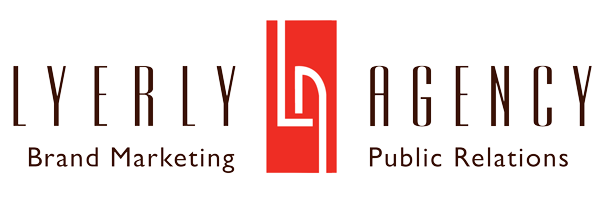As posted in the Gaston Gazette
As readers and viewers strive to avoid traditional advertising in their everyday lives, businesses and advertisers must grow increasingly creative in their effort to reach audiences. They must think beyond billboards and display ads to stimulating ways to get in front of people. They must consider native advertising, a fairly new marketing strategy that capitalizes on audience interest for credible news.
Native advertising pieces are ones that seamlessly blend into media content. This can include product placement, advertorials, promoted listings and sponsored articles, among an abundant array of inventive tactics. They hold a striking resemble to news in design and development although they purposefully focus on specific messaging – information that promotes a company, a product, an event, services or other details. Native advertising mimics the printed, digital and broadcasted media in which it is displayed, thus it aids in audience trust and subsequent action.
Here’s some additional insight into native advertising as well as how it can benefit your business:
- Similar yet different to public relations. Public relations (PR) tactics strongly resemble native advertising. PR teams strive to capture media mentions through press releases and pitches then work alongside reporters to share important client messaging. PR uniquely accomplishes this task without purchasing space; PR relies on communicating attention-grabbing information to achieve broadcast minutes or printed headlines. In this respect, native advertising acts similarly; it works toward capturing audience attention through meaningful messaging. In contrast, native advertising requires payment while PR relies on content and connections. When PR efforts fail or when reaching audiences via media is paramount, establishing a dedicated budget for native advertising can accomplish what public relations tactics attempt. With outlets eager for advertising revenue, native advertising provides a paid guarantee over the gamble of PR’s organic tactics.
- Improve your media relationships. If your media relationships are struggling or entirely nonexistent, native advertising allows for an opportunity to improve those connections toward long-term benefits. Not only does native advertising provide a paid opportunity to reach audiences, but it does so in a camouflaged way that requires input from the head honchos at media outlets – editors, publishers, producers, etc. The relationship between brands and published media grows more intimate as leadership works closely to blend native advertising into its news content. This can lead to increased attention from those media outlets; editors may turn toward your business as an industry leader and they may dive deeper into your PR pitches. By putting forth dollars to establish a connection with media leadership, the relationship is able to foster and grow into a more beneficial one.
- Your ad dollars are powerful. Although news is the heartbeat of media, advertising revenue is what makes media possible. Your ad dollars – native advertising or otherwise – hold immense power for this reason. According to LinkedIn’s Marketing Solutions Blog, native ads are growing in popularity as well as spending, anticipated to surpass $41 billion in 2019. A recent analysis from the Tow Center for Digital Journalism, Columbia University’s graduate school of journalism, commented on the immense negotiation power of clients when it comes to native advertising: “News publishers compete with each other for advertising revenue and this environment gives marketers an upper hand when they negotiate the terms of a native campaign.” It’s critically important to consider the media outlet when moving forward with this type of advertisement. Can it share your paid content properly? Is it the right target audience? Will your ad blend in? But also, as the Tow Center alludes, are these the best rates possible or can they be discovered elsewhere for the same results?
- Bigger bang for your buck. Stretching your advertising budget as much as possible can be substantially aided by native ads. This tactic can unfold through a variety of ways, including paid search results, in-feed sponsored posts, Snapchat filters, recommendation widgets and more. It spans mediums also, from mobile and social media to video ads or paid printed content. These advertisements start at extremely cost-effective pricing – for example, Facebook’s sponsored ads are as low as $5. To reach similar audiences as digital displays or partial-page print ads, native advertising can employ several content types among various media outlets. Native ads require more creativity and time on your part, but the bang for your buck is undeniable.
- Transparency is necessary. Yes, a native ad disguises itself as news content. But, no, these ads should not conceal themselves in entirety. First and foremost, transparency is required by the United States Federal Trade Commission, which notes that “deceptive door openers” are prohibited. “Thus, advertisers are responsible for ensuring that native ads are identifiable as advertising before consumers arrive at the main advertising page … in addition, it must not mislead them about its commercial nature.” And it’s only in one’s best interest to be transparent; transparency aids the success of native advertising. Whether it’s an Instagram post noting “paid advertising” or a digital article flagged as sponsored content in its first sentence, it’s honest and imperative to include this information. “Otherwise, advertisers can continue to pit news outlets against one another, ultimately sacrificing the quality of news coverage placed in front of readers,” said the Tow Center report. Ensuring transparency aids in your business’ credibility plus the credibility of the publication, and these are both vital to the dissemination of any content.
Native advertising may seem like deception – and it’s been called as such – but it’s a flourishing tool for reaching ad-apathetic audiences. Through due diligence and a little creativity, this type of communications can successfully share your business and your messaging.
